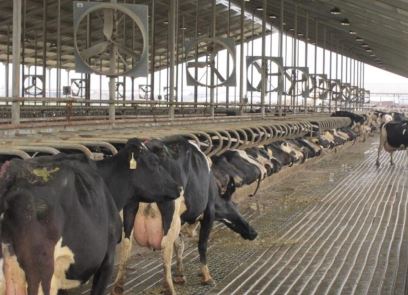Project Info
COMPLETE
 Project Title
Project Title
 Project Title
Project Title
Dairy Cooling Fan Controller Project
Project Number ET18SCE1110 Organization SCE End-use Process Loads Sector Agricultural Project Year(s) 2018 - 2020Description
This solar control system is a load shifting technology that shifts power loads for A/C motors back and forth between solar PV panels during the day-time hours and the power-grid during the night-time. Evaluate the effectiveness and efficiency of a new proprietary solar control technology to determine the overall performance of the technology. The objective will be to compare energy usage between the solar control technology and a baseline system consisting of conventional dairy barn fans.
Project Report Document
Loading PDF Preview...
